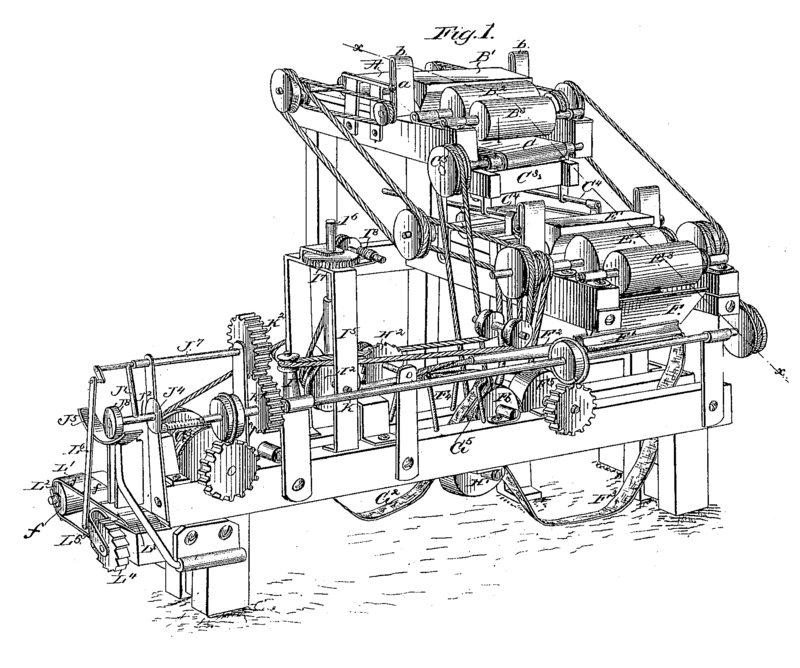- The origins of transport modelling
- Proprietary software vs sustainability
- An open source approach
- Live demo of the Propensity to Cycle Tool
- Discussion
UCL Centre for Advanced Spatial Analysis (CASA), 2016-11-02, London, UK.

Source: Who will save us from transport models (Hollander 2015)
See also work by Robert Bain

| Softare product | Classification | License |
|---|---|---|
| QGIS | GIS | GNU GPL |
| Grass GIS | GIS | GNU GPL |
| PostGIS/pgRouting | Database | GNU GPL |
| TRANUS | Transport modelling | Creative commons |
| AequilibraE | Transport modelling | Custom |
| UrbanSim | Transport modelling | Custom |
| MATSim | Transport modelling | GNU GPL |
| SUMO | Transport modelling | Apache 2.0 |
| R | Programming language | GNU GPL |
| Python | Programming language | Python 2.0 |
| stplanr | R package | MIT |
| activitysim | Python package | BSD |




install.packages("stplanr")
library(stplanr)
## Loading required package: sp
data("flow")
nrow(flow)
## [1] 49
flow[1:3, 1:3]
## Area.of.residence Area.of.workplace All ## 920573 E02002361 E02002361 109 ## 920575 E02002361 E02002363 38 ## 920578 E02002361 E02002367 10
data("cents")
cents@data[1:2,]
## geo_code MSOA11NM percent_fem avslope ## 1708 E02002384 Leeds 055 0.458721 2.856563 ## 1712 E02002382 Leeds 053 0.438144 2.284782
desire_lines = od2line(flow = flow, zones = cents) plot(desire_lines) points(cents)
Practical reasons
Philosophical reasons
Twitter image of other software
| Keep | Replace | How |
|---|---|---|
| Terminology | Inaccessible | Online tools |
| Equations | Proprietary ownership | Open source licences |
| Use of scenarios | Ageing software | New software |
| Narrow scenarios of future | Flexible models | |
| Black boxes | Simple and open method |
Could there be a mutually reinforcing feedback loop:
Shift in (digital) infrastructure -> change in behaviour and priorities?
Most people agree that:
Areas of disagreement:
Lovelace, Robin. 2016. "Mapping out the future of cycling." Get Britain Cycling, 2016. P. 22 - 24. Available from getbritaincycling.net
Beddoe, Rachael, Robert Costanza, Joshua Farley, Eric Garza, Jennifer Kent, Ida Kubiszewski, Luz Martinez, et al. 2009. “Overcoming Systemic Roadblocks to Sustainability: The Evolutionary Redesign of Worldviews, Institutions, and Technologies.” Proceedings of the National Academy of Sciences 106 (8): 2483–9. doi:10.1073/pnas.0812570106.
Boyce, David E., and Huw C. W. L. Williams. 2015. Forecasting Urban Travel: Past, Present and Future. Edward Elgar Publishing.
Lovelace, Robin, Anna Goodman, Rachel Aldred, Nikolai Berkoff, Ali Abbas, and James Woodcock. 2016. “The Propensity to Cycle Tool: An Open Source Online System for Sustainable Transport Planning.” ArXiv:1509.04425 [Cs]. http://arxiv.org/abs/1509.04425.